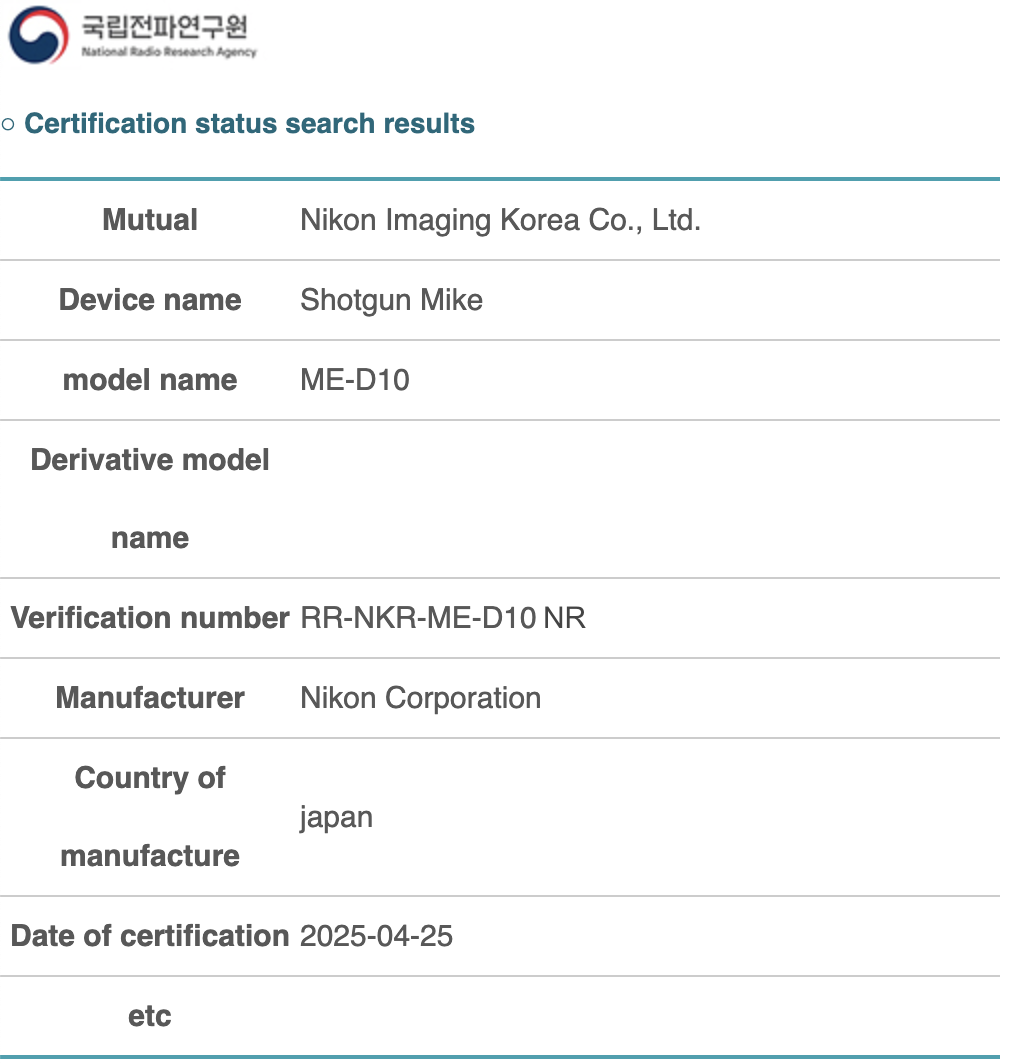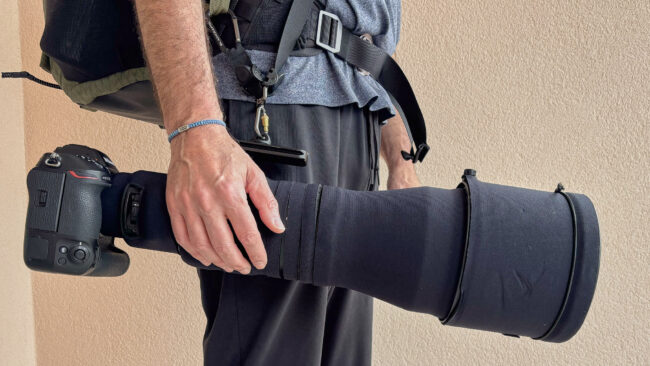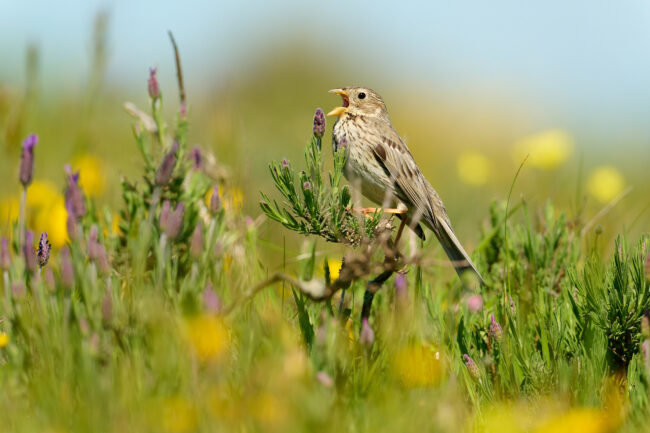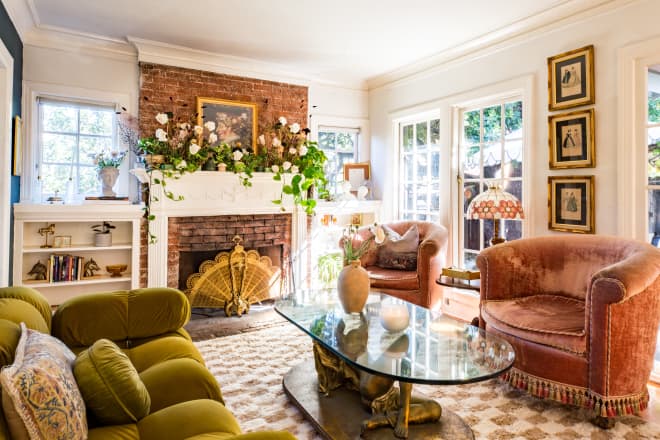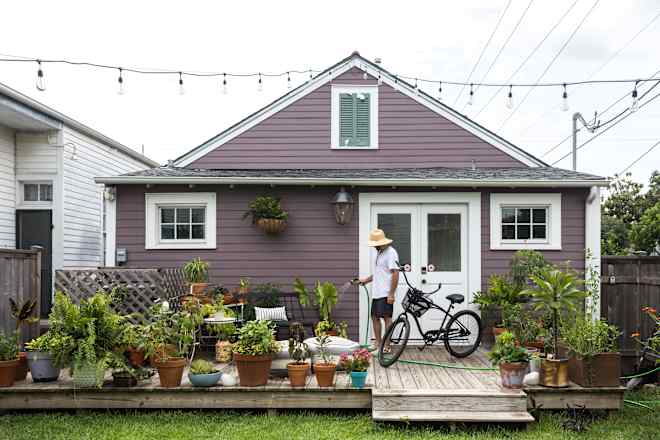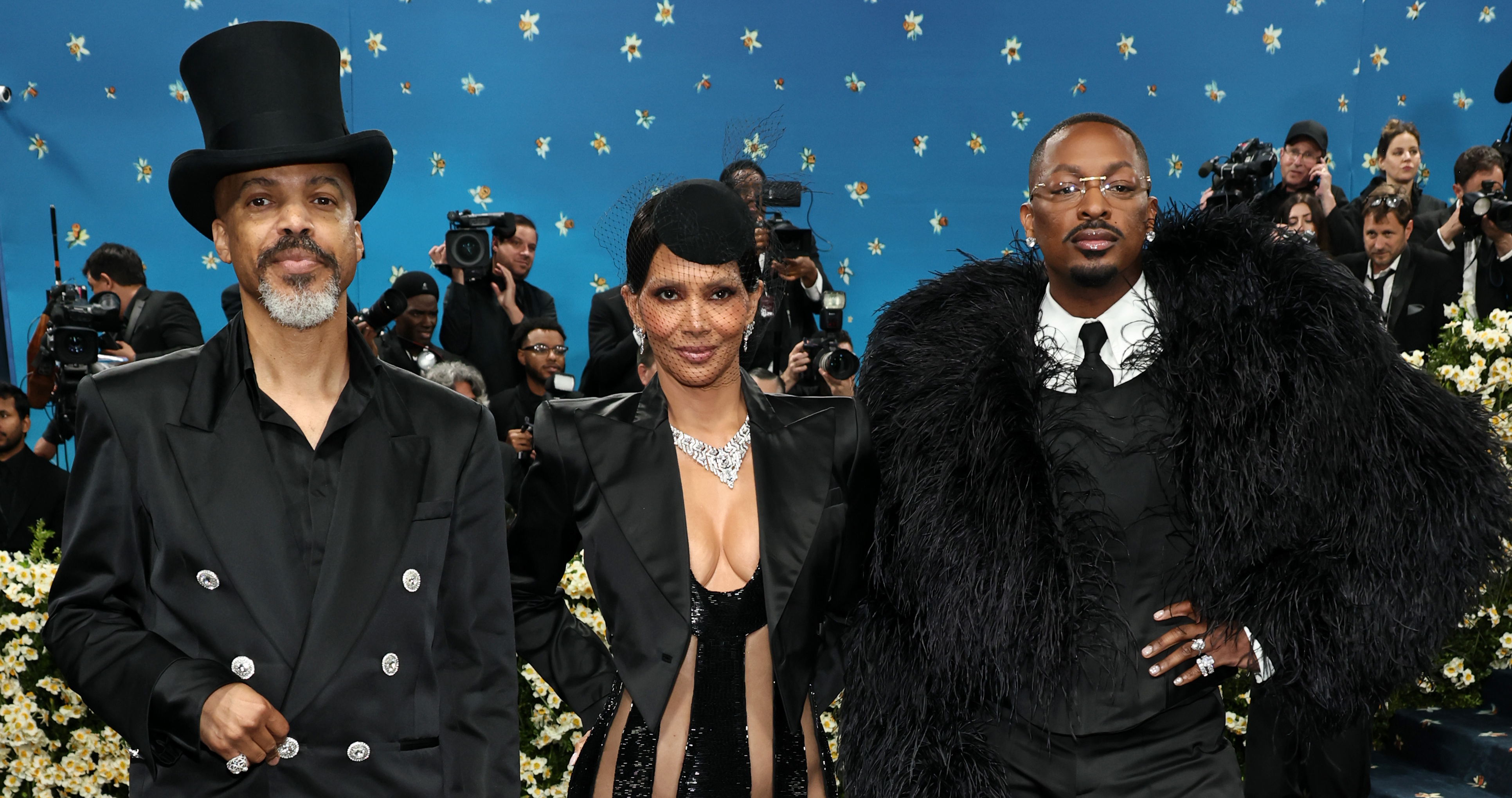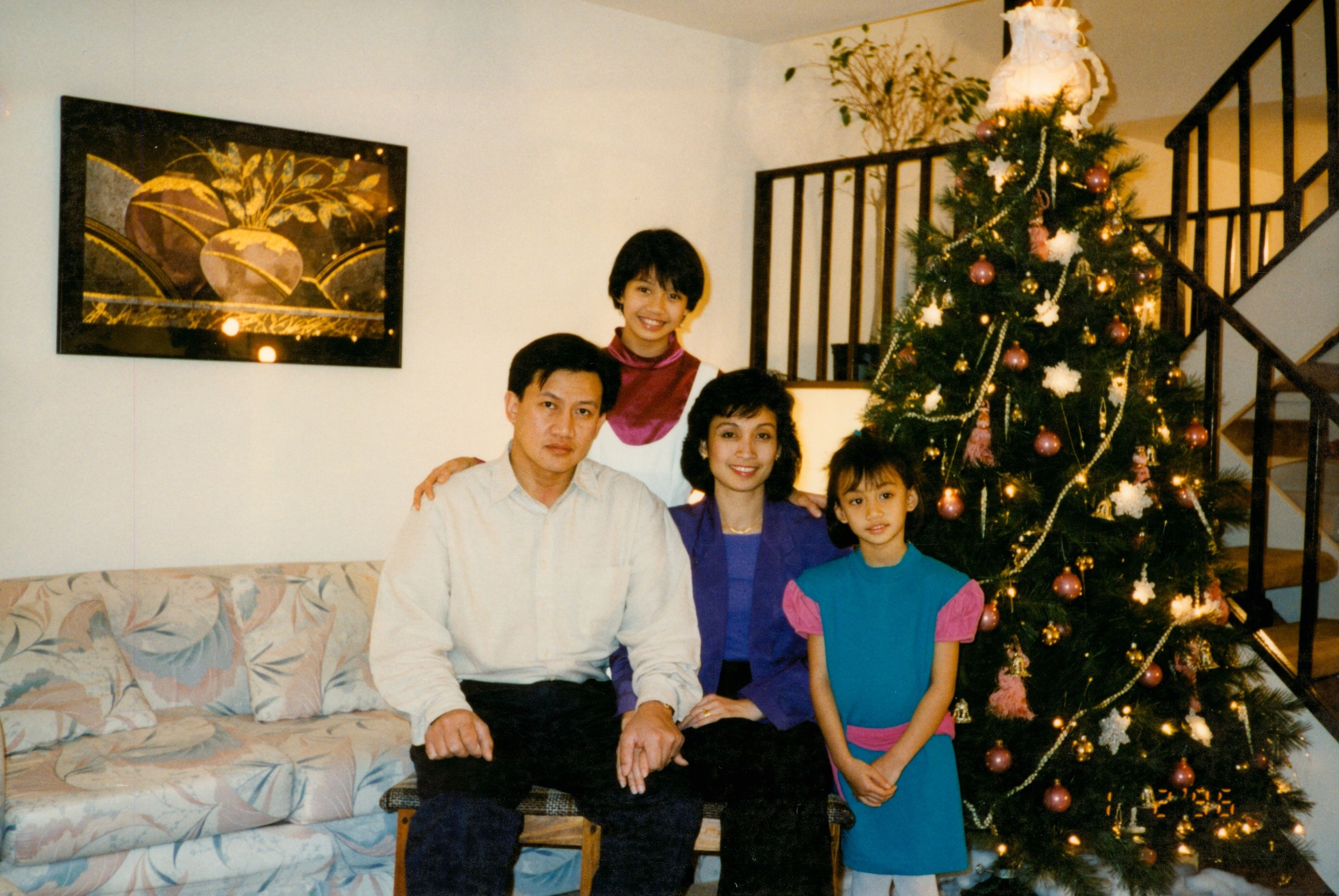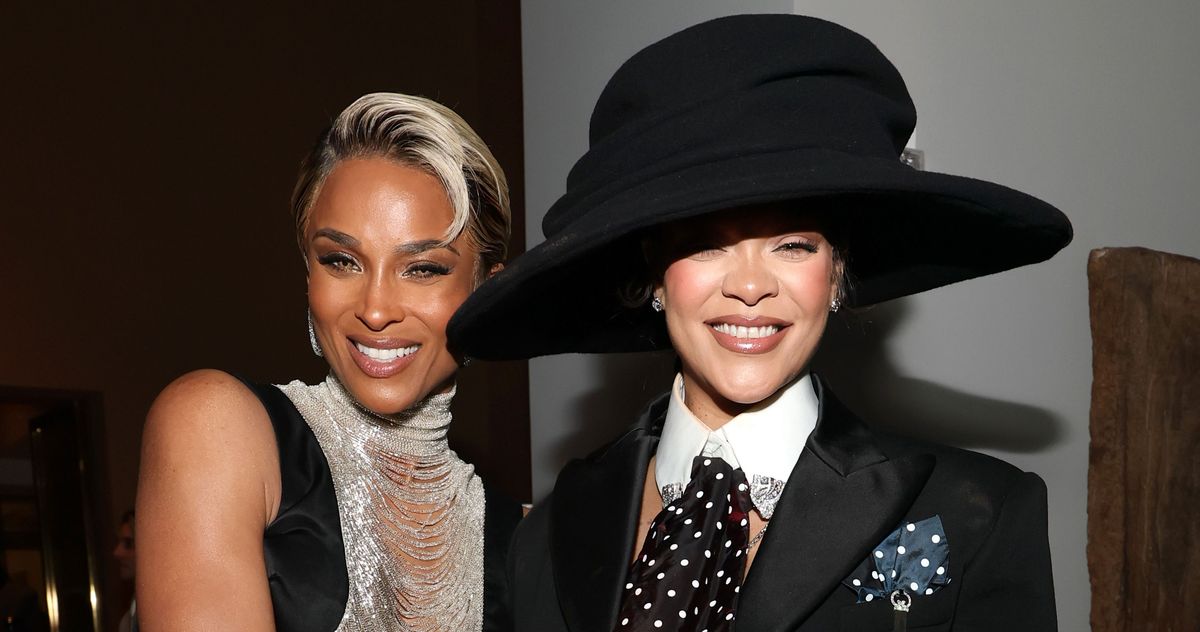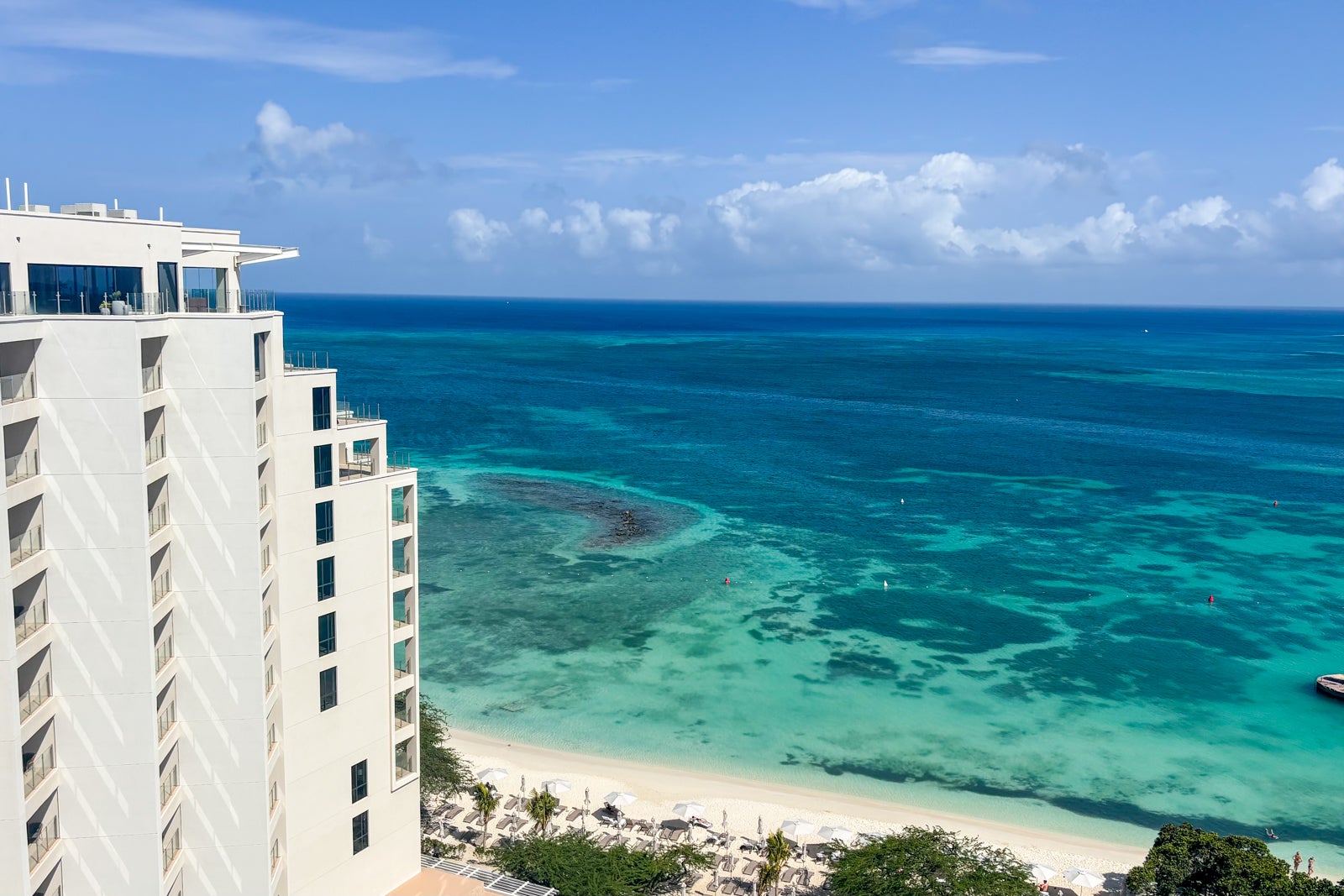Nana Phadnavis Wada in Menawali, India
Balaji Janardan Bhanu, popularly known as Nana Phadnavis, was the chief administrator of the Maratha Empire during the Peshwa Era in the 18th century. The title of Phadnavis translates to "Office Incharge." In 1768, the village of Menavali (near the town of Wai) was bestowed upon Nana Phadnavis by Bhavan Rao Trymbak Pant-Pratinidhi of Aundh and Raghunath Ghanshyam Mantri of Satara. During the 1770s, Nana Phadnavis constructed his mansion (Wada) in this village along the banks of the Krishna river. Next to the mansion, he also constructed Menavali Ghat with two temples, one dedicated to Lord Vishnu and the other — Meneshwar Temple — dedicated to Lord Shiva. Nana Phadnavis Wada is a well-fortified mansion with bastions, courtyards, and many chambers. It has an outer courtyard for visitors and another inner courtyard for guests. Beyond this point, the visitors were allowed in the inner chambers after interrogation. On the upper floor is the drawing room of Nana Phadnavis where the dignitaries were duly received and important meetings were held. There is an adjacent secret room where the most important and confidential meetings were held by Nana Phadnavis who controlled the politics of that era. Beyond these rooms is located the Menavali Daftar — the historical archives of Phadnavis. The Peshwas had their Daftar in Pune which was called the Huzur Daftar. Several important ministers, like Nana Phadnavis, had their own Daftars as well. Today, the Daftar is considered an important source to understand the politics of that era, since it consisted of important documents, letters and other correspondence from those days. The Wada also consists of a courtyard for dining and another courtyard where private ceremonies and festivals were held. In one of the courtyards, there is a beautiful stone fountain. The artistic woodwork of the mansion displays arches with banana flower motifs. An old African Baobab stands just outside the mansion near one of the bastions. In Marathi, it is called 'Gorakh Chincha'. It is believed to be the oldest living tree of its kind in Maharashtra. It is said to have huge water retention capacity. The bastion next to this tree is called Gorakhchincha Buruj.

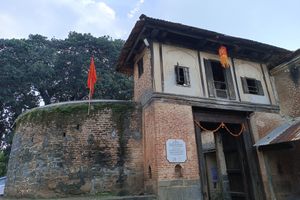
Balaji Janardan Bhanu, popularly known as Nana Phadnavis, was the chief administrator of the Maratha Empire during the Peshwa Era in the 18th century. The title of Phadnavis translates to "Office Incharge."
In 1768, the village of Menavali (near the town of Wai) was bestowed upon Nana Phadnavis by Bhavan Rao Trymbak Pant-Pratinidhi of Aundh and Raghunath Ghanshyam Mantri of Satara. During the 1770s, Nana Phadnavis constructed his mansion (Wada) in this village along the banks of the Krishna river. Next to the mansion, he also constructed Menavali Ghat with two temples, one dedicated to Lord Vishnu and the other — Meneshwar Temple — dedicated to Lord Shiva.
Nana Phadnavis Wada is a well-fortified mansion with bastions, courtyards, and many chambers. It has an outer courtyard for visitors and another inner courtyard for guests. Beyond this point, the visitors were allowed in the inner chambers after interrogation. On the upper floor is the drawing room of Nana Phadnavis where the dignitaries were duly received and important meetings were held. There is an adjacent secret room where the most important and confidential meetings were held by Nana Phadnavis who controlled the politics of that era.
Beyond these rooms is located the Menavali Daftar — the historical archives of Phadnavis. The Peshwas had their Daftar in Pune which was called the Huzur Daftar. Several important ministers, like Nana Phadnavis, had their own Daftars as well. Today, the Daftar is considered an important source to understand the politics of that era, since it consisted of important documents, letters and other correspondence from those days.
The Wada also consists of a courtyard for dining and another courtyard where private ceremonies and festivals were held. In one of the courtyards, there is a beautiful stone fountain. The artistic woodwork of the mansion displays arches with banana flower motifs. An old African Baobab stands just outside the mansion near one of the bastions. In Marathi, it is called 'Gorakh Chincha'. It is believed to be the oldest living tree of its kind in Maharashtra. It is said to have huge water retention capacity. The bastion next to this tree is called Gorakhchincha Buruj.




































